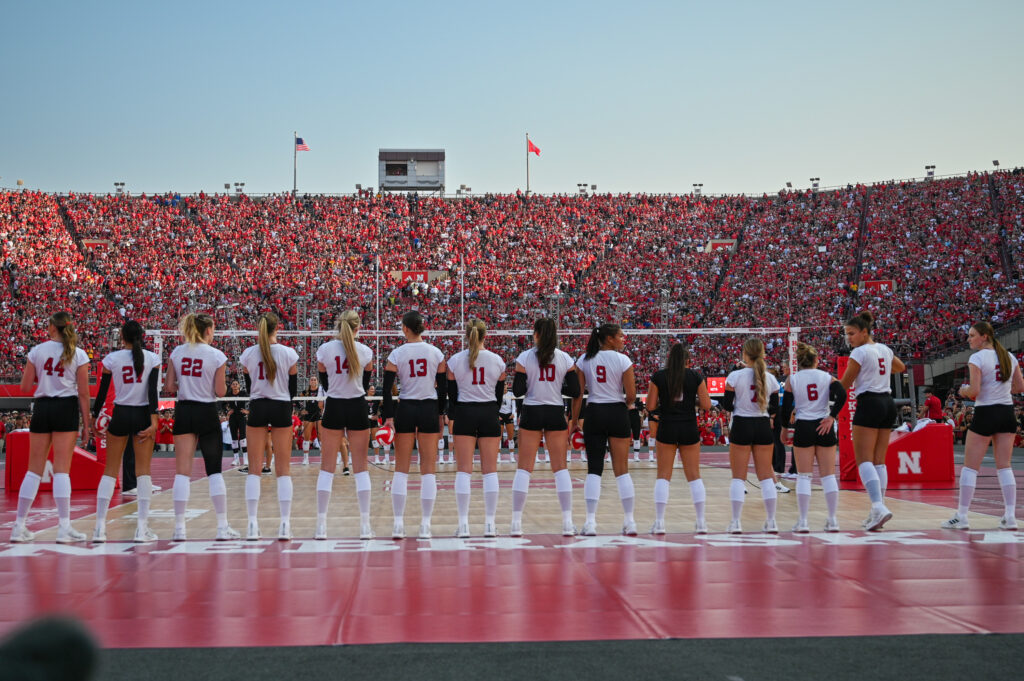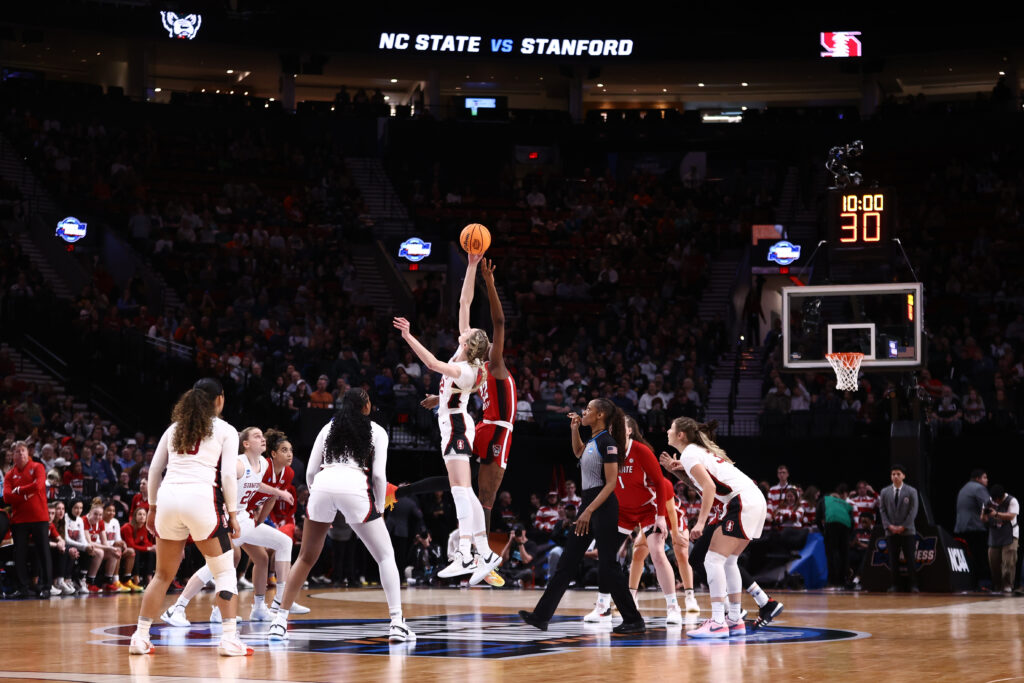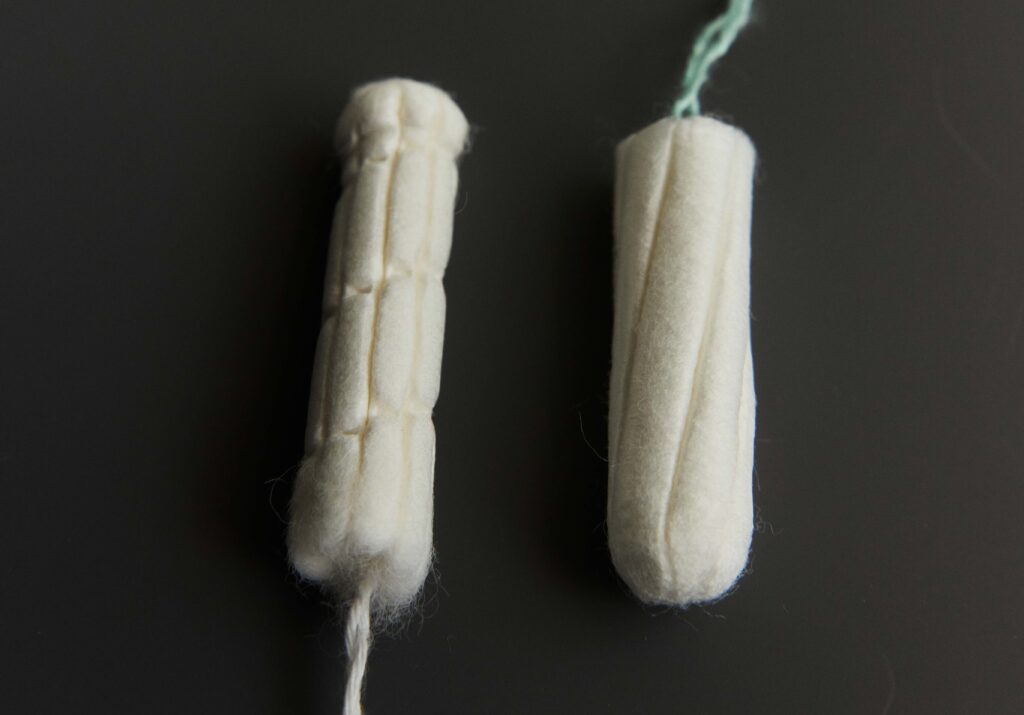Stanford shattered the NCAA softball attendance record this weekend, welcoming 13,207 fans inside the university’s football stadium for Saturday's "Big Swing" game against Cal.
In the most-attended non-football contest in Stanford Athletics' history, the Cardinal softball crowd surpassed the sport's previous attendance record of 12,566, set on the first day of the 2024 Women's College World Series (WCWS) in Oklahoma City.
The history-making game also blew past the NCAA softball regular-season record of 9,259 fans, a feat reached less than two weeks ago when reigning champions Oklahoma defeated local rivals Oklahoma State on April 9th.
"It was kind of like a mini College World Series experience," Stanford junior outfielder Kyra Chan said after the game.
Despite dropping the record-breaking matchup 10-8 to their new ACC rivals, No. 16 Stanford ultimately secured the three-game series against the Golden Bears with wins on Thursday and Friday.
Friday's 9-3 victory was particularly impactful, clinching the Cardinal a spot in their first-ever ACC championship tournament next month — the first postseason stop as Stanford hunts a third-straight appearance in the WCWS semifinals.

Stanford softball fuels argument for larger women's sports venues
Softball isn't the only sport leading the recent surge in record-breaking NCAA women's sports crowds.
After shifting a volleyball match into its football stadium in August 2023, Nebraska welcomed not just the sport's biggest crowd, but the largest to ever attend any women's sporting event in the US.
Shortly thereafter, Iowa's "Crossover at Kinnick" blasted through the NCAA women's basketball attendance mark by moving an exhibition game featuring the Caitlin Clark-led Hawkeyes into the university's football venue.
Though the move to massive football stadiums was intentional to snag both Nebraska's and Iowa's respective records, Stanford's venue shift was not initially an attendance-hunting move.
The Cardinal's entire 2025 softball season is being played on the gridiron as the team's new $50 million stadium and state-of-the-art training facility is under construction.
Taking advantage of that added capacity was a no-brainer, with Stanford specifically branding and marketing their rivalry "Big Swing" game to capitalize on their temporary digs — and to continue making the overall case for expanding women's sports' venues.
"I think that you see a consistent theme that there aren't big enough venues for women's sports to be able to draw the fans that they can draw," Stanford softball head coach Jessica Allister pointed out.
"Hopefully, a lot of people who showed up to Stanford for the first time to watch a softball game will come back and see us in our beautiful stadium."
In a Just Women's Sports exclusive release, women's health and wellness startup Sequel announced an agreement with Stanford Athletics to provide Stanford athletes with free Sequel Spiral Tampons through the 2024/25 academic year.
This is the first time a college athletic program has entered an official collaboration with a tampon brand in NCAA history.

A Division I school, Stanford's history as a women's sports powerhouse runs deep. With broad representation on both past and present USWNTs — including superstars Tierna Davidson, Sophia Smith, Naomi Girma, Catarina Macario, Kelley O'Hara, Christen Press, and Julie Foudy — the Cardinal won the NCAA women's soccer championship in 2011, 2017, and 2019.
Women's basketball has also been an area of strength for Stanford, picking up NCAA championships in 1990, 1992, and 2021. Through the years, the school has produced elite WNBA talent like Cam Brink, Nneka Ogwumike, Lexie Hull, Haley Jones, Karlie Samuelson, Candice Wiggins, and Jennifer Azzi under the guidance of now-retired NCAA coaching legend Tara Vanderveer.
"We are committed to supporting the health and well-being of all our athletes," Stanford assistant athletics director Sarah Lyons told JWS. "This collaboration offers an important resource to our female athletes, allowing them to concentrate on excelling in their sport."

Sequel is the brainchild of Stanford-educated engineers Greta Meyer and Amanda Calabrese. As former high-level athletes frustrated with the inadequacy of conventional tampons, the co-founders drew on their competitive experiences to inform their reinvention.
"Whether we were competing in our respective sports or making our way through the Stanford School of Engineering, Amanda and I had no patience for tampons that leaked," Meyer, a former DI lacrosse player at Stanford, said. "Because we were unable to find one that was suitable for peak performance, we committed to creating our own."
Sequel's relationship with Stanford goes beyond its co-founders degrees, however, as a shared class at the Palo Alto institution actually gave rise to the pair's original business idea.
"This collaboration marks a full-circle moment for us, as our tampon re-design began as a class project during our senior year at the university," Calabrese said. "Just five years later, the Sequel Spiral Tampon is FDA approved as a medical device, available nationwide and now, available to Stanford athletes.

The first significant tampon redesign in more than 80 years, the Sequel Spiral Tampon features a proprietary structure engineered to absorb fluids more evenly and efficiently.
According to Sequel's website, most tampons are fit with linear channels drawing fluid down in a way that can cause leakage, while the Sequel Spiral's channels are wrapped around the tampon, creating a longer flow path designed to increase absorption and prevent leakage.
"As the winningest college in existence, Stanford's collegiate athletes are the ultimate peak performers and we are thrilled to be providing them with the tampon we wish we'd had on game day," added Calabrese.
In 2012 and 2013, Sydney Steele was in the stands cheering on her sister, Haley Steele, while she competed for Arizona State University at the Women’s College World Series.
A decade later, Haley is cheering for her Sydney and her Stanford Cardinal teammates — using an identical homemade sign. The two sisters — both #32 — are eight years apart.
After losing its opening game to Oklahoma, Stanford fought back against elimination on Friday night against Alabama. Sydney delivered an RBI double in the second inning before scoring a solo home run in the seventh, leading Stanford to a 2-0 win over the Crimson.
Sydney credits Haley — who also scored a home run during the 2013 Women’s College World Series — with fueling her love of softball and inspiring her to reach this stage.
“Watching my sister play college ball, she’s my reason why I love softball. I grew up around it,” Sydney said after Stanford’s win on Friday. “My dream was always to come to the Women’s College World Series, just like she did, one day.”
Despite having competed at the WCWS herself, Haley is still in awe watching her sister.
“I’m my sister’s greatest supporter and to see her hard work pay off on the biggest stage in our sport is surreal,” she told Just Women’s Sports. “Sydney, her teammates, and coaches have most definitely earned their ticket to be here and I’d like to see Stanford get the job done this year. That’s my little sister and she came to compete!”
12 years ago, @sydsteele_32 cheered from the stands as her sister Haley homered at the #WCWS.
— NCAA Softball (@NCAASoftball) June 3, 2023
Today, the @StanfordSball senior got her own moment in OKC with her sister in the stands cheering her on. (With the same sign ❤️) pic.twitter.com/4z0Xz7x6Vn